Contact NFC
The Astronomy class is an Introduction to Astronomy (AST 1002). The students learn about the history how science evolved from the oldest of the sciences, about modern instrumentation and operations in Astronomy. They learn the basics of terrestrial and celestial navigation, constellations, the brightest stars, star birth, life and death. Lectures about galaxies and the cosmic evolution help understand how our universe works.
Curriculum
- A Modern View of the Universe
- The Science of Astronomy
- Understanding Motion, Energy, and Gravity
- Light: The Physics of Electromagnetic Radiation
- Formation of the Solar System
- Terrestrial Worlds: Earth, Venus, Mercury, and Mars
- Jovian Planets: Jupiter, Saturn, Uranus, and Neptune
- Asteroids, Comets, and Dwarf Planets
- Other Planetary Systems, Exoplanets
- Stars, Nuclear Fusion, Neutron Stars and Black Holes
- Galaxies: The Milky Way and Beyond
- Birth of the Universe
- Dark Matter and Dark Energy
- Life in the Universe
Students in the Astronomy Class learn the basic ingredients of how science evolved, and what modern science can achieve. Class meetings invite the students to examine scientific thinking and reasoning, to apply the scientific method, and lead them through examples which are easy to comprehend but have a deep philosophical meaning.
APOD : Astronomy Picture of the Day: have a look at a new astronomy-related image every day with a short description of its content and explanations written by an expert.
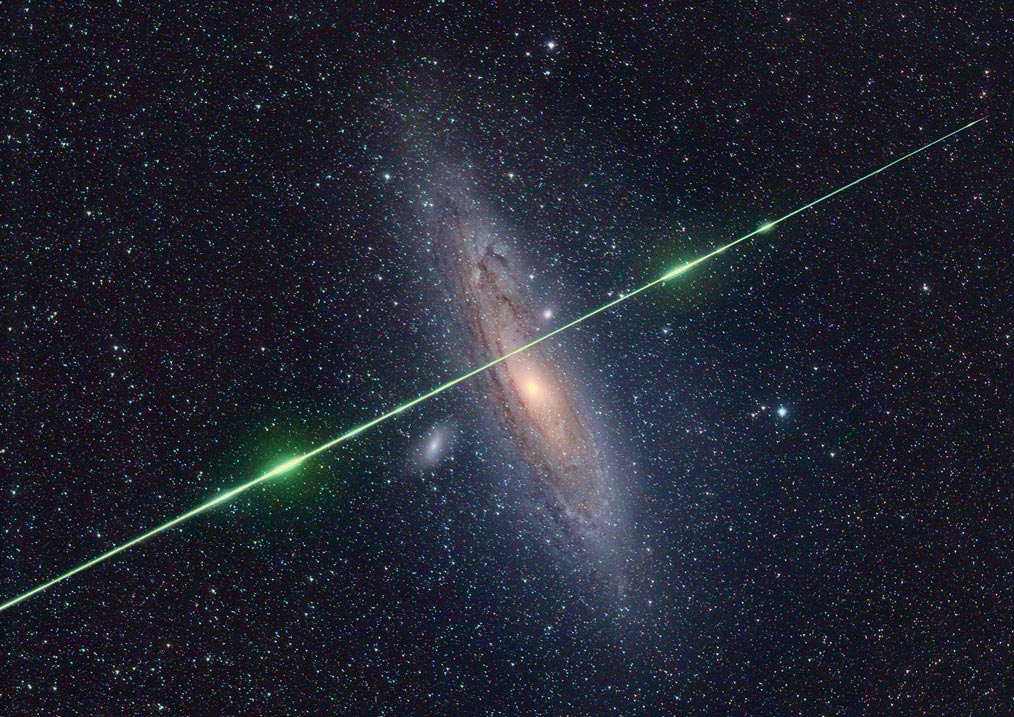
Perseid meteor. Image taken from APOD 08/12/2018. Image credit and copyright: Fritz Helmut Hemmerich, Tenerife, Canary Islands, Macaronesia, Spain.
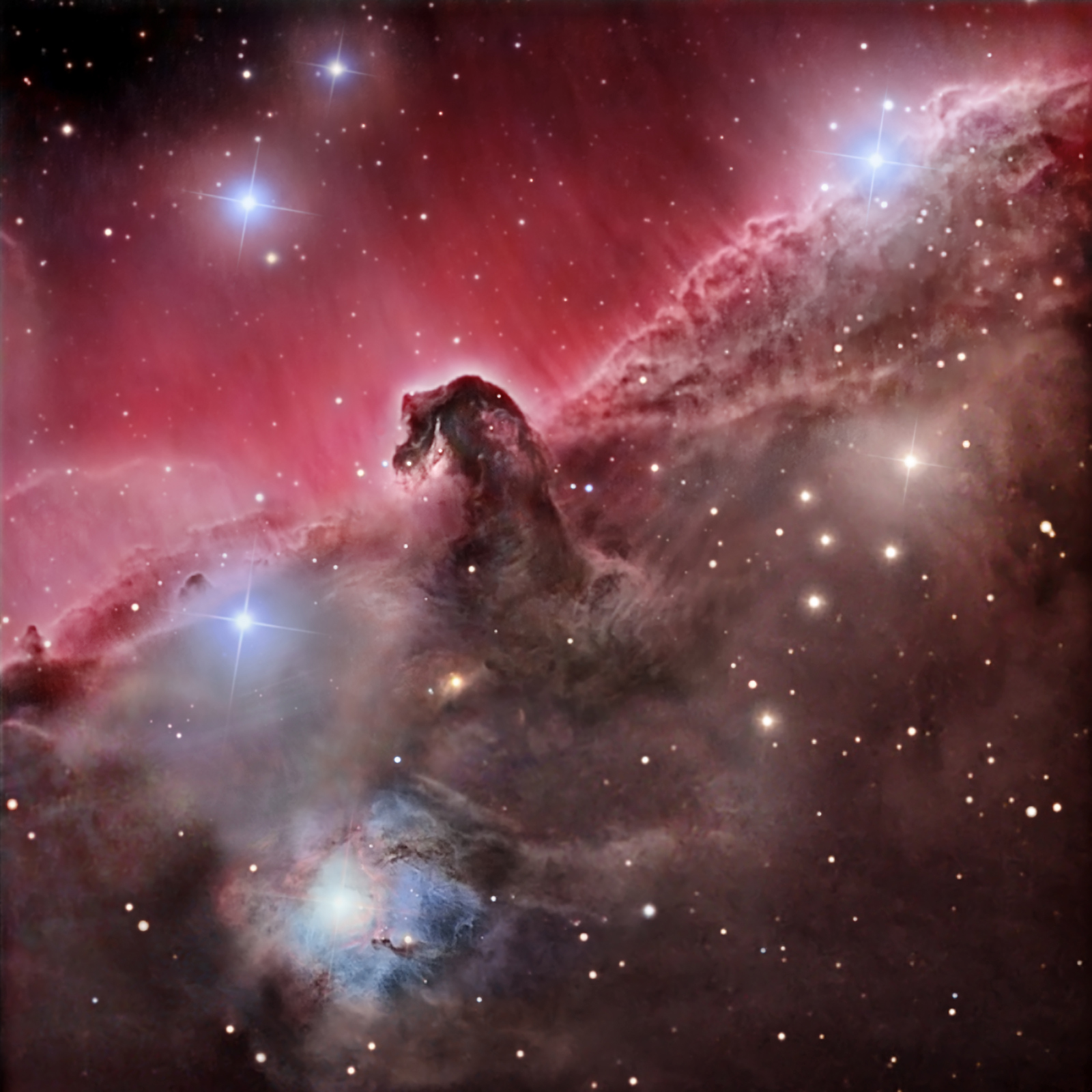
Horsehead Nebula, Barnard 33. Image taken from APOD 05/13/2010. Image credit and copyright: Marco Burali, Tziano Capecchi, Marco Marcini, Osservatorio Pistoia, Toscana, Italy.
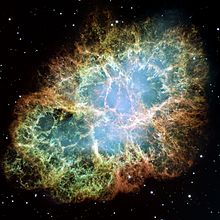
M1, the Crab Nebula (Hubble Space Telescope image, courtesy NASA) is a supernova remnant in the constellation of Taurus, the bull. Chinese astronomers recorded a bright supernova in 1054, a "new" star, which dimmed within a few weeks. A thousand years later even with medium-sized telescopes we still can see the remnant of that massive explosion. At the center of the Crab Nebula lies a neutron star, detectable with x-rays and radio waves.
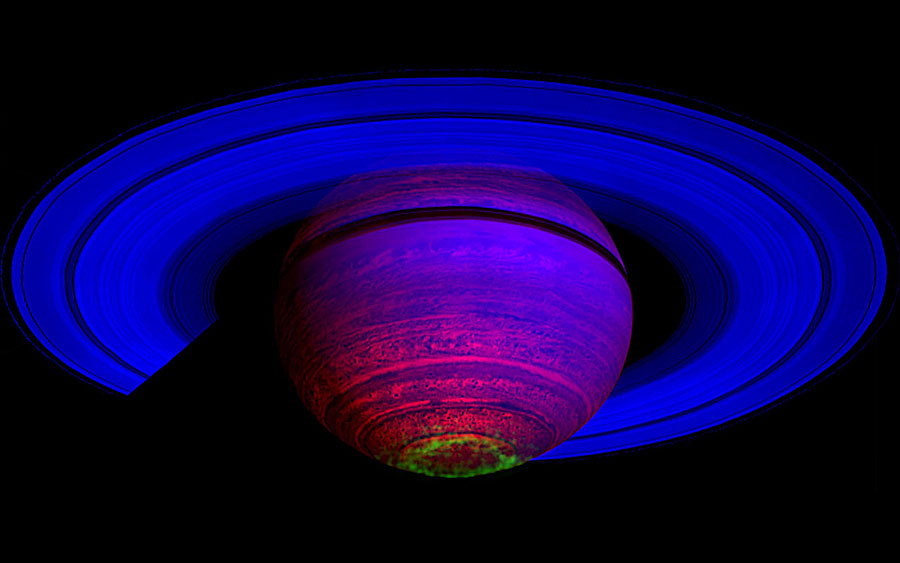
Saturn in Infrared Light. Special coloration of data taken by the Cassini spacecraft, which orbits Saturn. A band of southern aurora can be seen in green. Scientists learn from these data how aurorae work on planet Earth. (Image courtesy of NASA and the Jet Propulsion Laboratory)
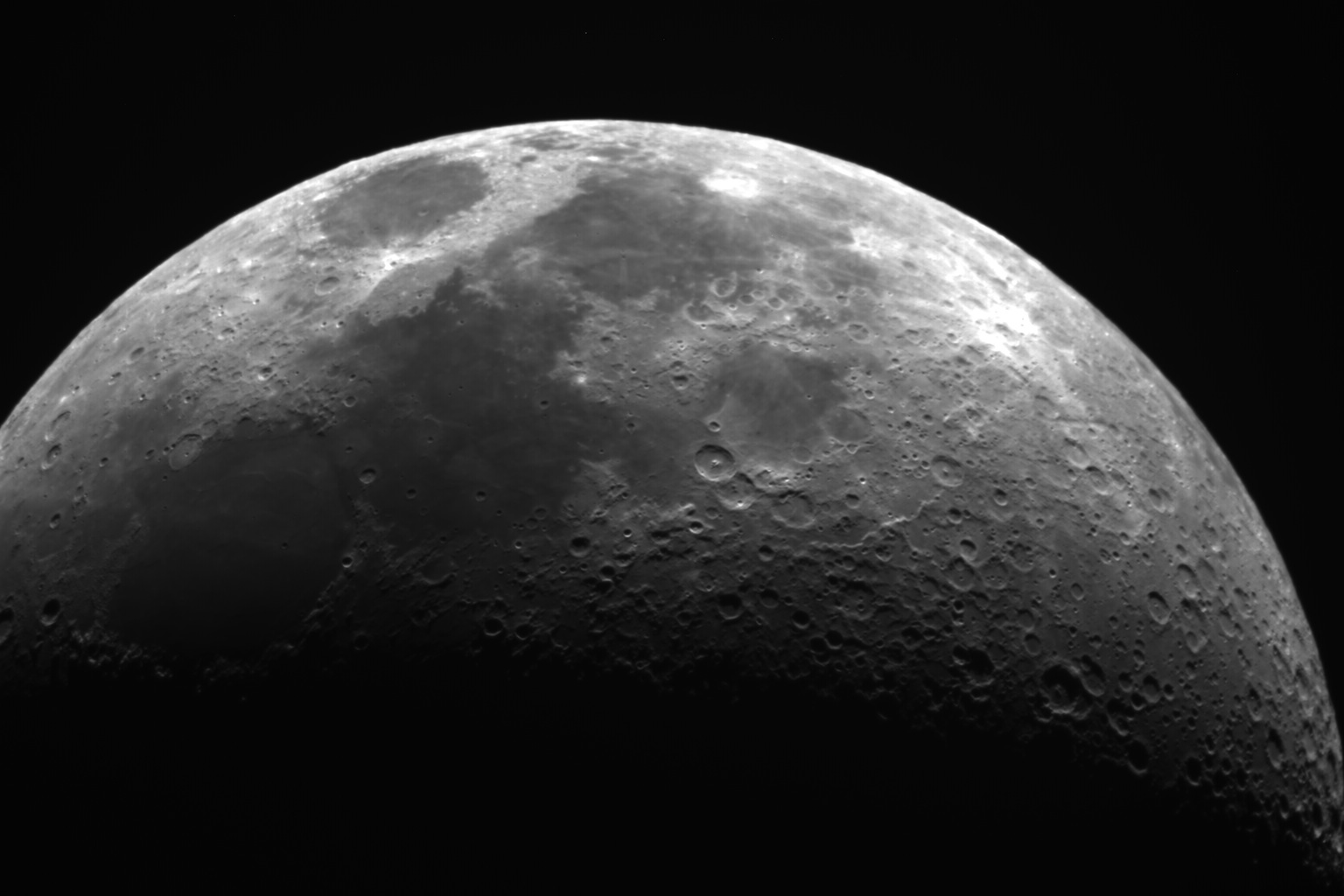
Earth's Moon. Image taken with the main telescope of NFC's Astronomical Observatory.

